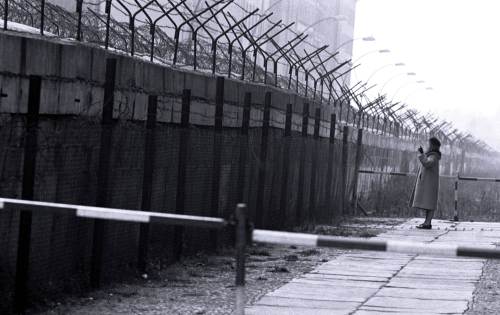Die Grenzen im Kopf: Imagining Walls, Borders, Frontiers, and National Identity in Alsace/Elsaß
DOI:
https://doi.org/10.5399/uo/konturen.4.0.2381Abstract
Political geographers draw distinctions in English between borders, usually conceived of as lines on a map, and frontiers, which are seen as zones. In German, Grenze, a word borrowed from Slavic, and reflecting ethnic differences is often used for both. In French frontière with its roots in medieval warfare, covers both concepts. Beginning with some considerations of Alsace/Elsaß as a frontier zone between Germany and France, this paper will review ongoing debates among historians of nationalism on the definitions of nations, states, and frontiers. It will then trace the historical development in Europe of these concepts from antiquity into the early modern period. It was during the dynastic power struggles of the sixteenth and seventeenth centuries that the concepts of nation and state took on fundamental political significance as rulers made claims to sovereignty in the name of historical nations and borders became enshrined in “international” law as the result of the peace treaties signed in Westphalia in 1648. The essay questions both the historical depth of nations, states, and borders and the teleological assumption of their inevitability and permanence in human political relations. Nations, states, and borders are mental constructs. They were imagined and can be reimagined. A close examination of Alsatian history shows the bloody historical effects of applying these concepts arbitrarily in a cultural borderland and the potential for a different political future for Europe by reimagining borders.Published
2012-11-18
How to Cite
Wallace, P. G. (2012). Die Grenzen im Kopf: Imagining Walls, Borders, Frontiers, and National Identity in Alsace/Elsaß. Konturen, 4, 7–45. https://doi.org/10.5399/uo/konturen.4.0.2381
Issue
Section
Articles

